Our itinerary has now changed and we have stopped going to the Caribbean and are now exploring New England.
One of the things we need to learn about being in nautical school is tides. What better place to learn about them than where the world highest tides occur, this being in the Bay of Fundy.
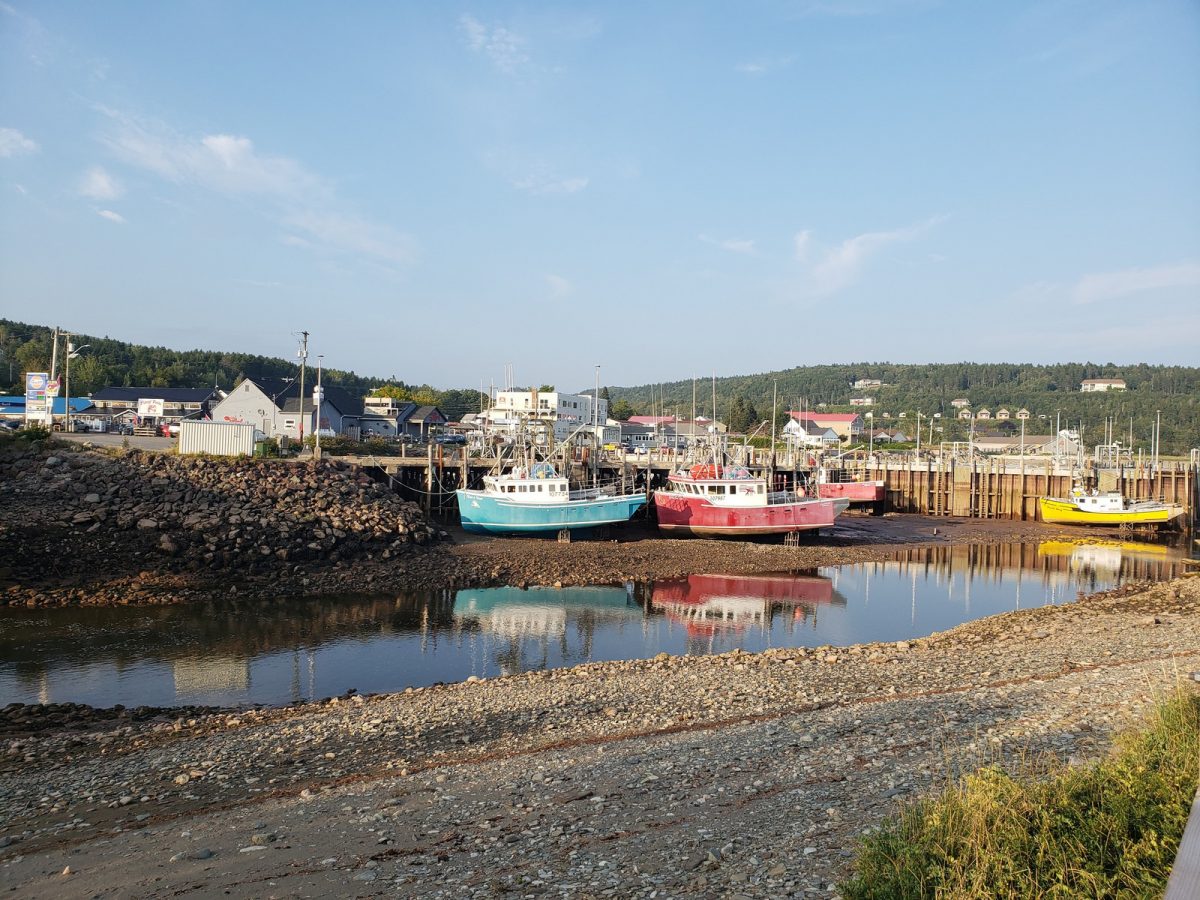
Along the Bay is a small town called Saint John on the east coast of Canada. At the northern tip of the bay is a place called Hopewell. Hopewell is located at the tip of the Bay of Fundy, which is where they see the very high tides. As the water flows through the bay (which is shaped like a funnel), the water has nowhere to go, so the water level rises, giving the area its incredible tides. The funnel created by the sides of the land forces the water to rise. One hundred and sixty billion tons of water comes into the Bay of Fundy when the tide is coming in.
Hopewell is where I got to spend one of my days after the arrival to Saint John. I was part of the bridge team for arrival, went ashore to learn about tides in Hopewell for the day, then did a late night departure. The day was perfect.
The highest tides happen on a new moon or a full moon. This is when the sun and moon are lined up, allowing for two gravitates to work together, causing what’s called a spring tide. The closer the moon, the more powerful it is. Apogee is when the moon is far away from the earth. Perigee is when the moon is close to the earth.
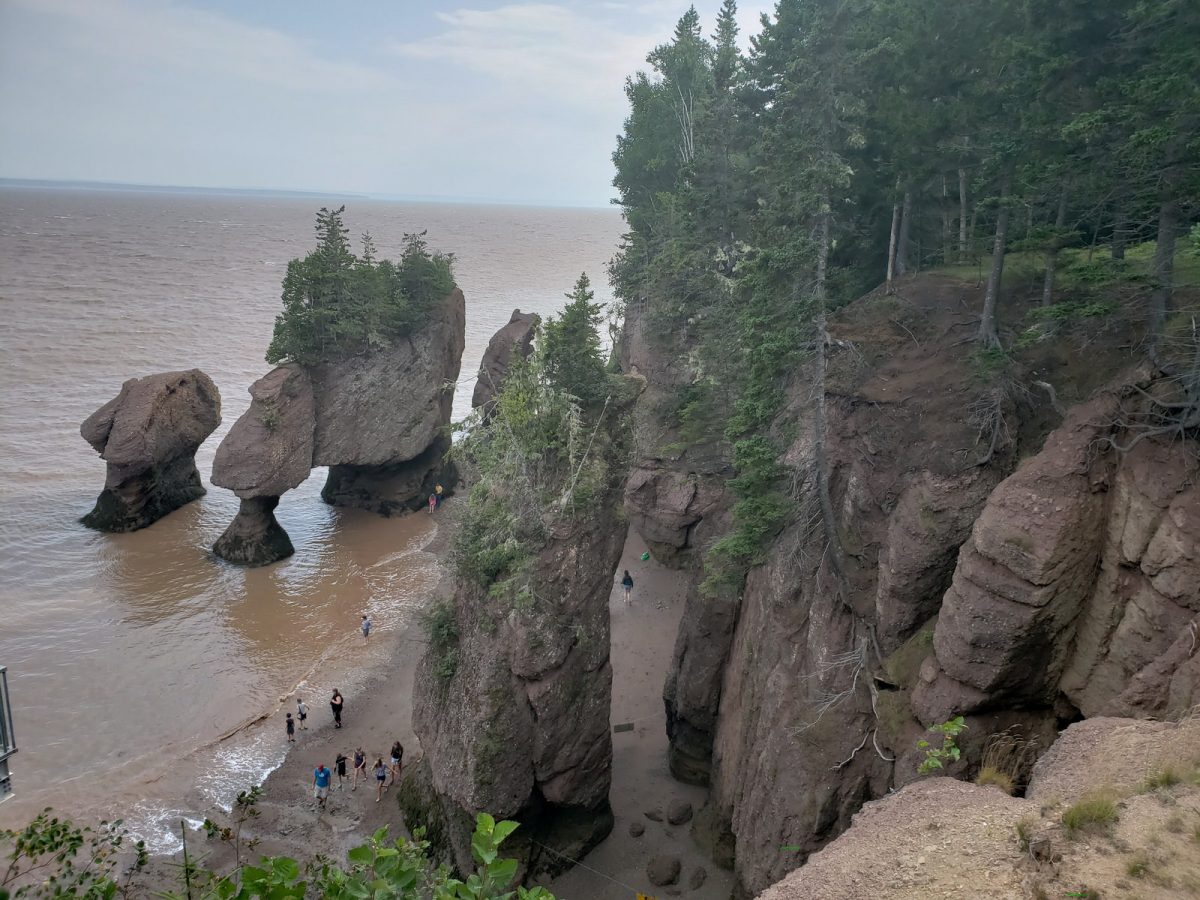
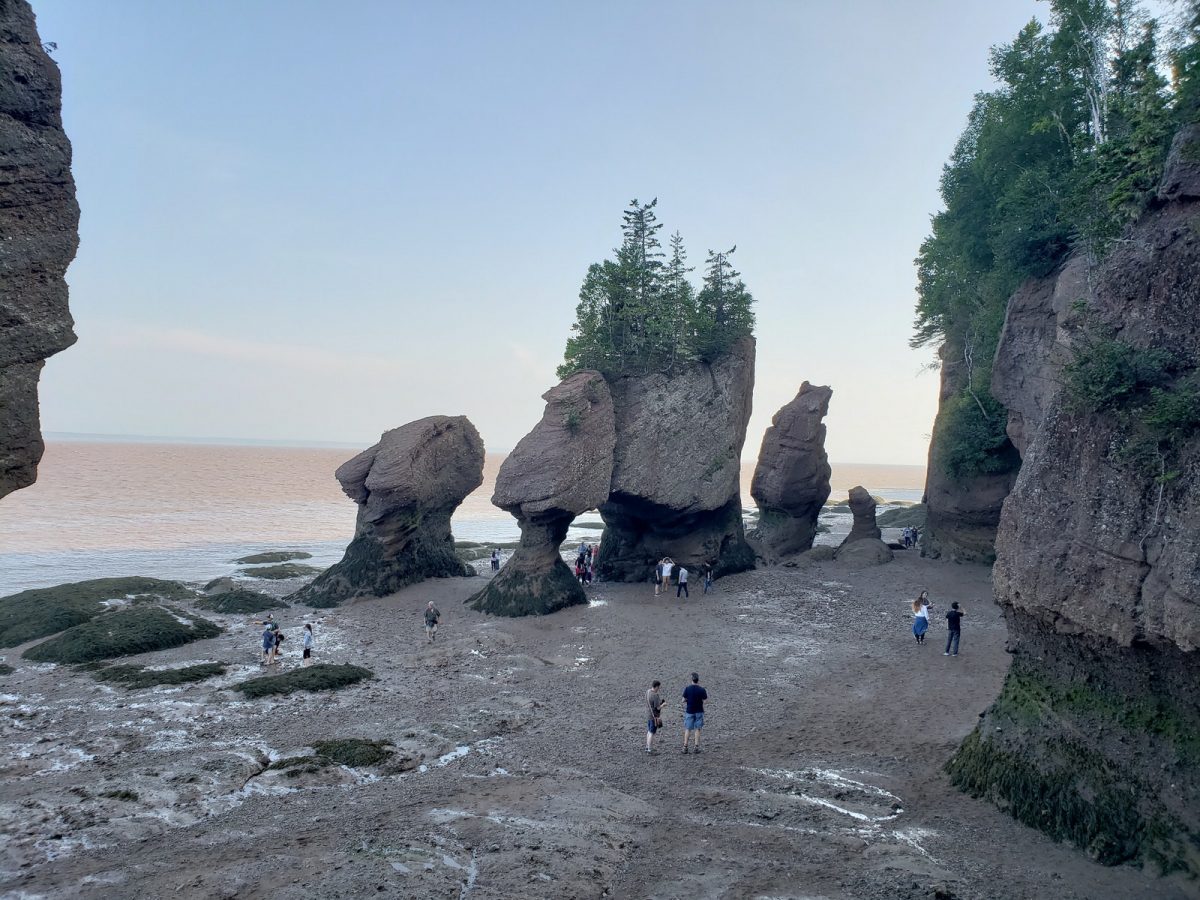
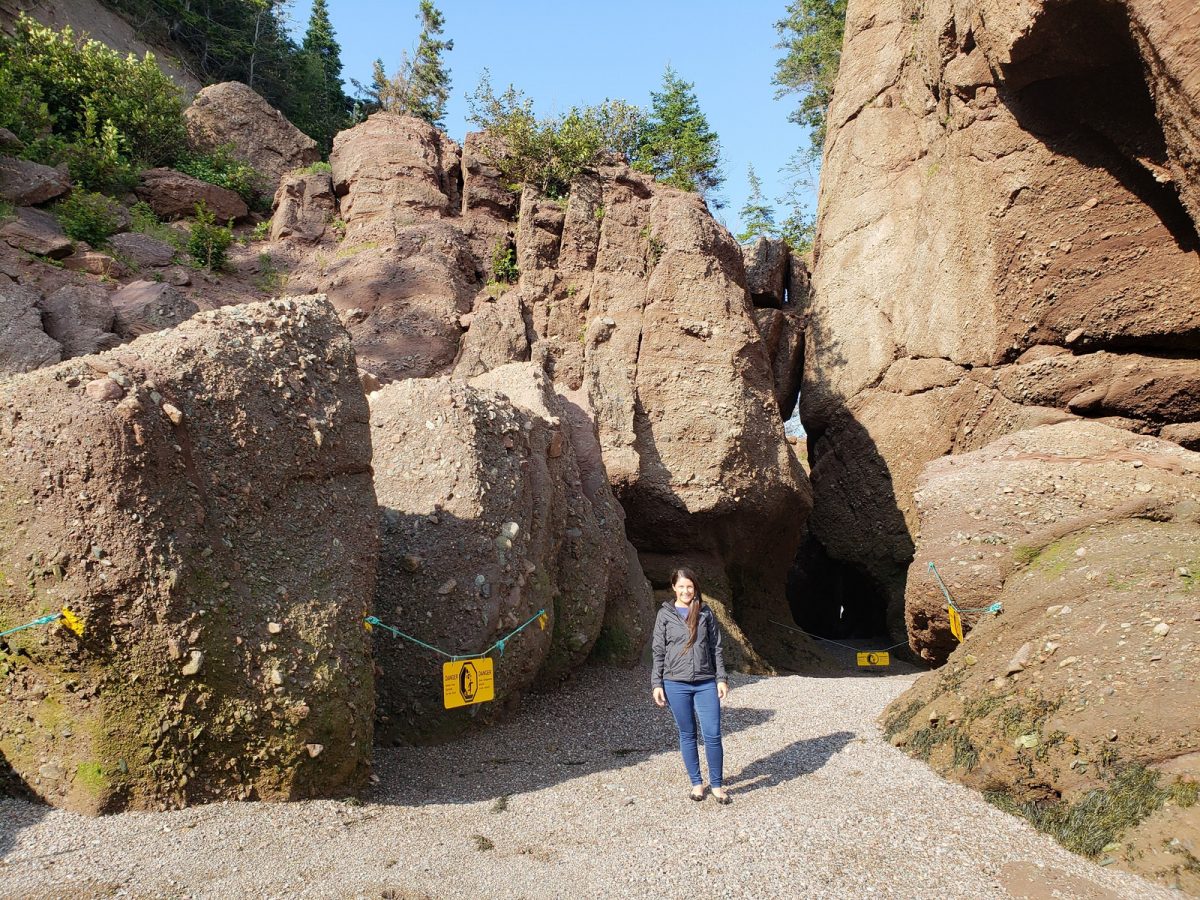
I got to learn a bit of this in school, both growing up and in the first year of nautical school. Our tour guide at Hopewell Rock worked with highly educated geographers and oceanographers so he was able to pass on some very useful knowledge. To be able to stand on the ocean bed and watch the tides move so quickly was absolutely amazing.
Thoughts and opinions are my own and do not in any way reflect those of Royal Caribbean.
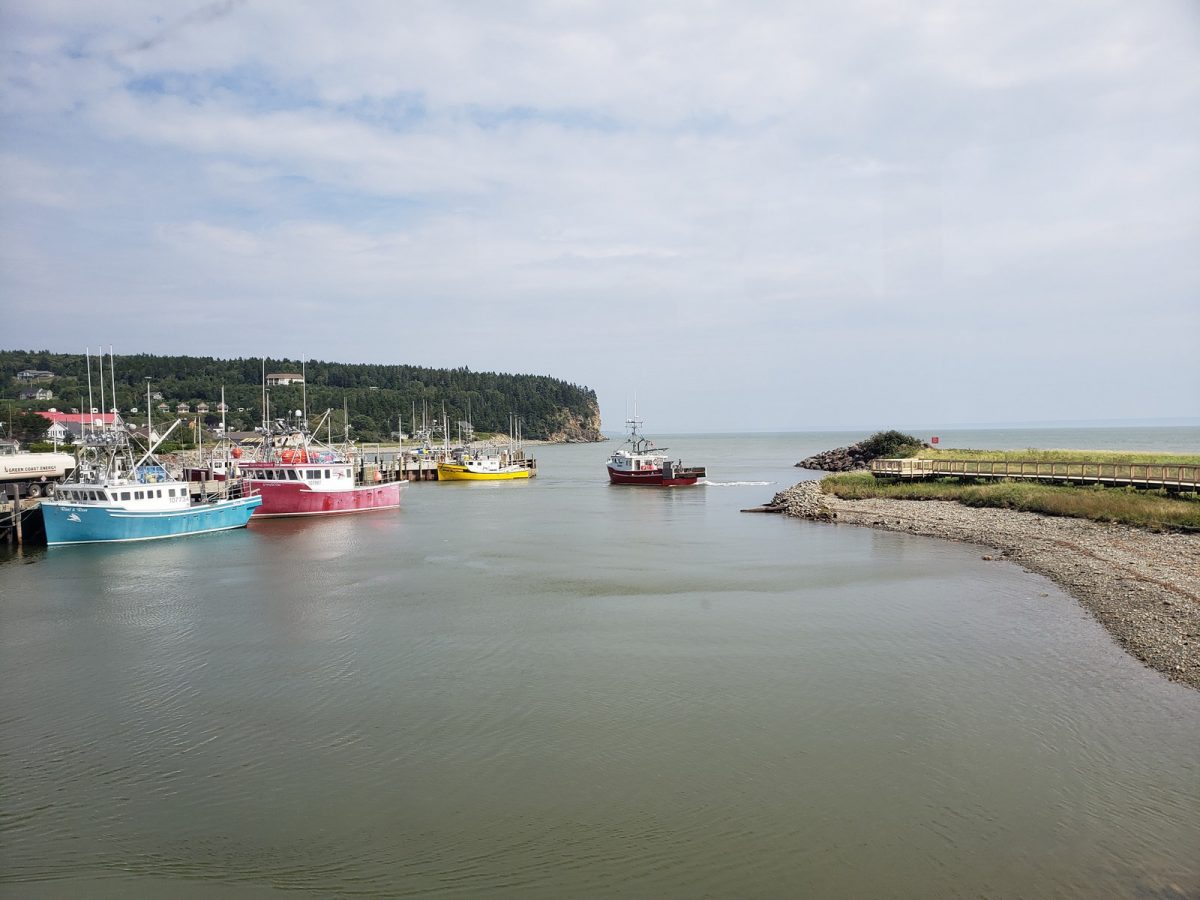
Fascinating. Extraordinary rock shapes. When you’re not captaining the ship, you can act as tour guide.
Work hard, play hard! Thank you for the message Keith.